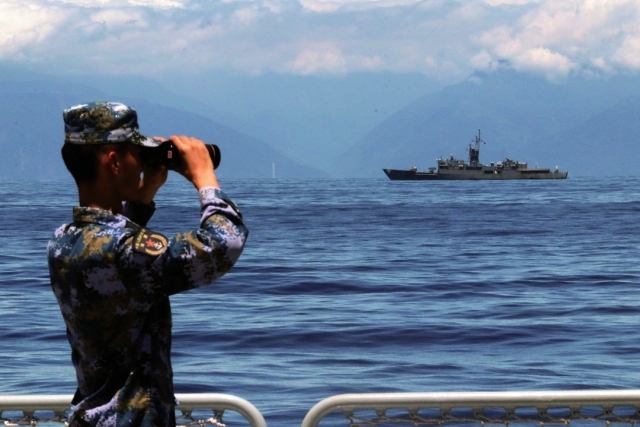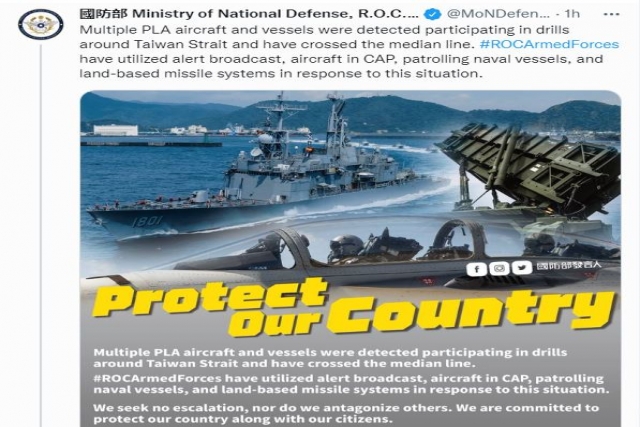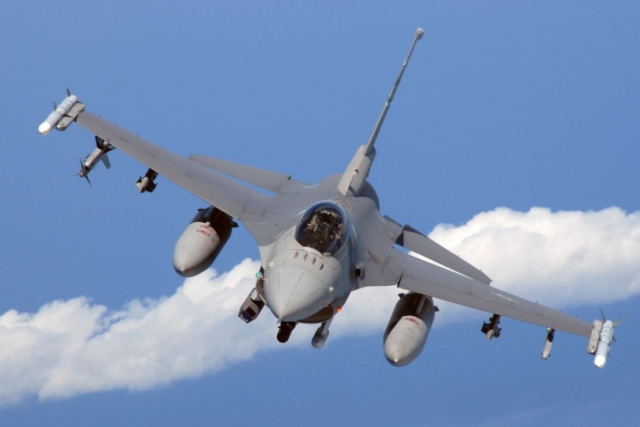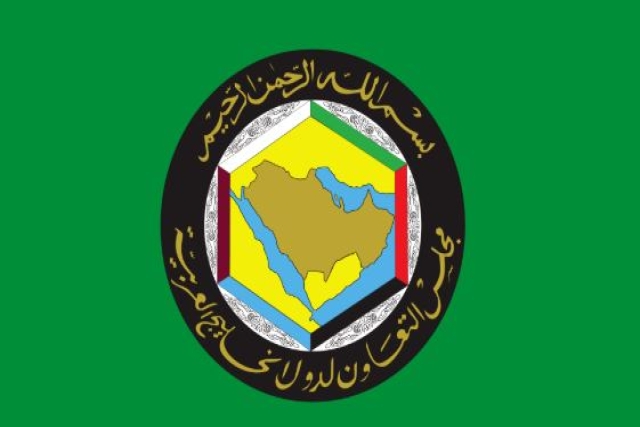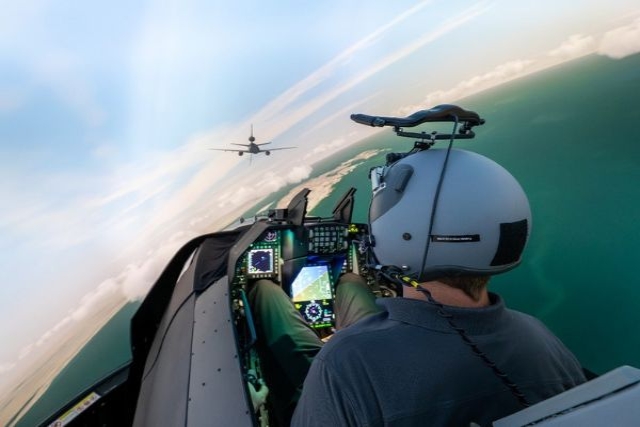Fully Armed Chinese Bombers Cross Taiwan Straits from Two Different Directions
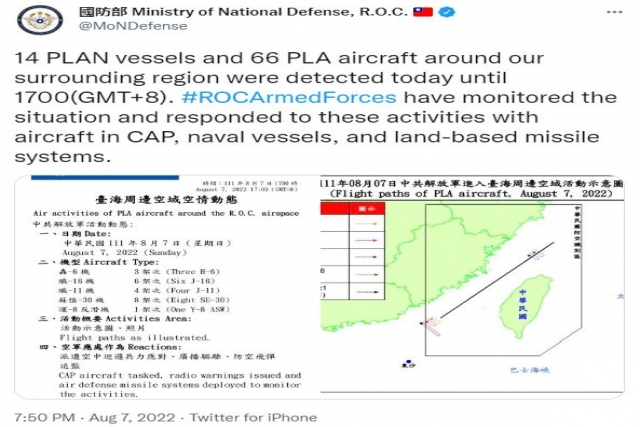
Several Chinese People’s Liberation Army (PLA) bombers fully loaded with live ammunition crossed the Taiwan Straits from two different directions during what it calls Taiwan lockdown drills.
The “realistic combat-scenario joint exercises” were held from August 4-7 in six different areas that encircle Taiwan from all directions after U.S. House Speaker Nancy Pelosi’s visit to Taiwan on August 2. On Sunday, it featured island saturation attack drills and bomber deterrence flights in the Straits.
“The drills honed the troops' capabilities in accurately destroying vital island targets,” said Zhang Zhi, department head of a staff under the PLA Eastern Theater Command Air Force.
On August 8, the PLA Eastern Theater Command said it would continue drills in waters near Taiwan, focusing on anti-submarine and air-to-ship strikes.
Chinese experts told state-controlled media that Sunday's move “formed a powerful deterrence to ‘Taiwan independence’ secessionists and external interference forces, promoted the reunification process, and rehearsed a potential real operation.” They also said the PLA could make such “lockdown drills” a routine; and that it could feature amphibious landing ships, amphibious assault ships, air-cushioned landing craft and amphibious armored vehicles in the future.
Pelosi became the highest-ranking U.S. official to make an official visit to the island nation since former Republican House Speaker Newt Gingrich in 1997.
A video released by the PLA Eastern Theater Command shows that the H-6K bomber, the JH-7A fighter bomber, the J-16 fighter jet and the Su-30 fighter jet are among warplane types involved in the drills.
Fully loaded with live ammunition, several bombers and fighter bombers of the Air Force took off one by one, entered combat formations, and launched standoff, saturation strike exercises with various types of precision munitions, jointly with the Army's long-range rocket artillery and the Rocket Force's conventional missiles.
The bombers and fighter bombers were supported by early warning aircraft, electromagnetic warfare aircraft, fighter jets and the Navy's warships at sea, which provided air defense suppression, early warning and detection as well as electromagnetic jamming.
After completing the mock strike mission, several bomber formations flew across the Taiwan Straits from north to south and from south to north simultaneously, carrying out a deterrence mission around the island jointly with other PLA services and branches.
Fu Qianshao, a Chinese mainland military aviation expert, told the Global Times that the exercise “demonstrated that the PLA can not only accurately hit targets from a long distance, but also push close and hard to the targets.”
Neutralizing as many threats as possible with long-range artillery, missiles, combined with naval and air strikes, as well as securing air superiority and control of the sea were practiced in the drills from Thursday to Sunday. These steps will secure paths and minimalize coastal resistance for the following amphibious landing forces, experts said.
Taiwan’s MoD said on Monday that it detected as many as 14 Chinese warships and 66 warplanes around their country. This includes eight Sukhoi Su-30 fighters, four Shenyang J-11 fighters, six Shenyang J-16 fighters, three Xian H-6 bombers and one Shaanxi Y-8 anti-submarine warfare plane. In response, Taiwan scrambled combat patrol aircraft, broadcast radio warnings, and deployed missile defense systems to track the Chinese military aircraft and warships.
PLA extends drills on August 8
During the drills, the Type 052C guided missile destroyer Changchun operating in waters southwest to Taiwan island coordinated with several Y-8 anti-submarine warfare aircraft and formed an anti-submarine combat formation together with the Changchun's Ka-28 vessel-based anti-submarine helicopter, China Central Television (CCTV) reported. The Y-8 aircraft dropped sonobuoys for wide-range detection, the Ka-28 helicopter assisted in precision locating, and the destroyer conducted thorough search. After locating the target, the destroyer conducted a simulated attack and immediately released countermeasures for defense. The helicopter and the anti-submarine warfare aircraft also conducted mock attacks.
Possible external military interference forces like the U.S. and Japan have more advanced submarines, particularly U.S.' nuclear-powered ones, so practicing anti-submarine warfare drills in the real underwater terrains around the Taiwan island is very significant, an expert told the Global Times.
The drills displayed that the PLA can detect, locate and attack hostile submarines from multiple dimensions, and defend against their attacks, the expert said.


